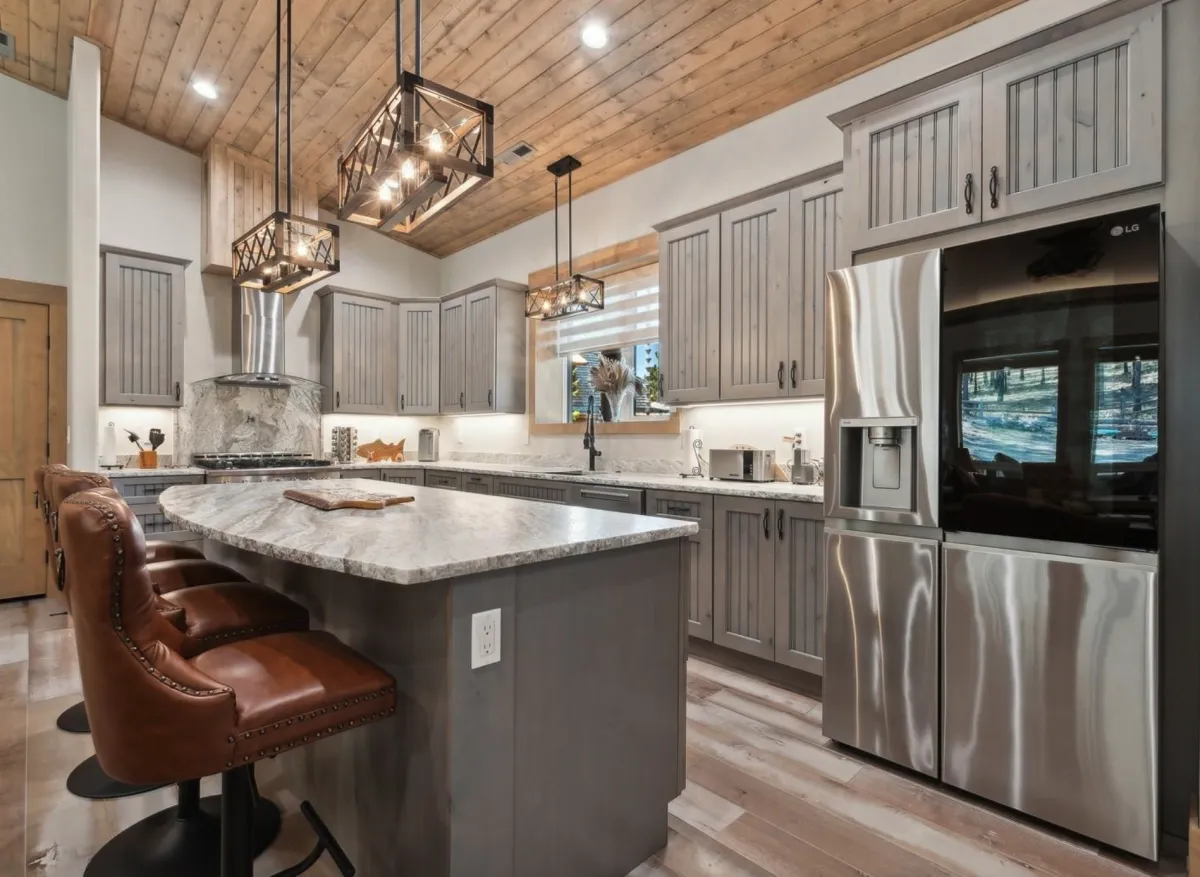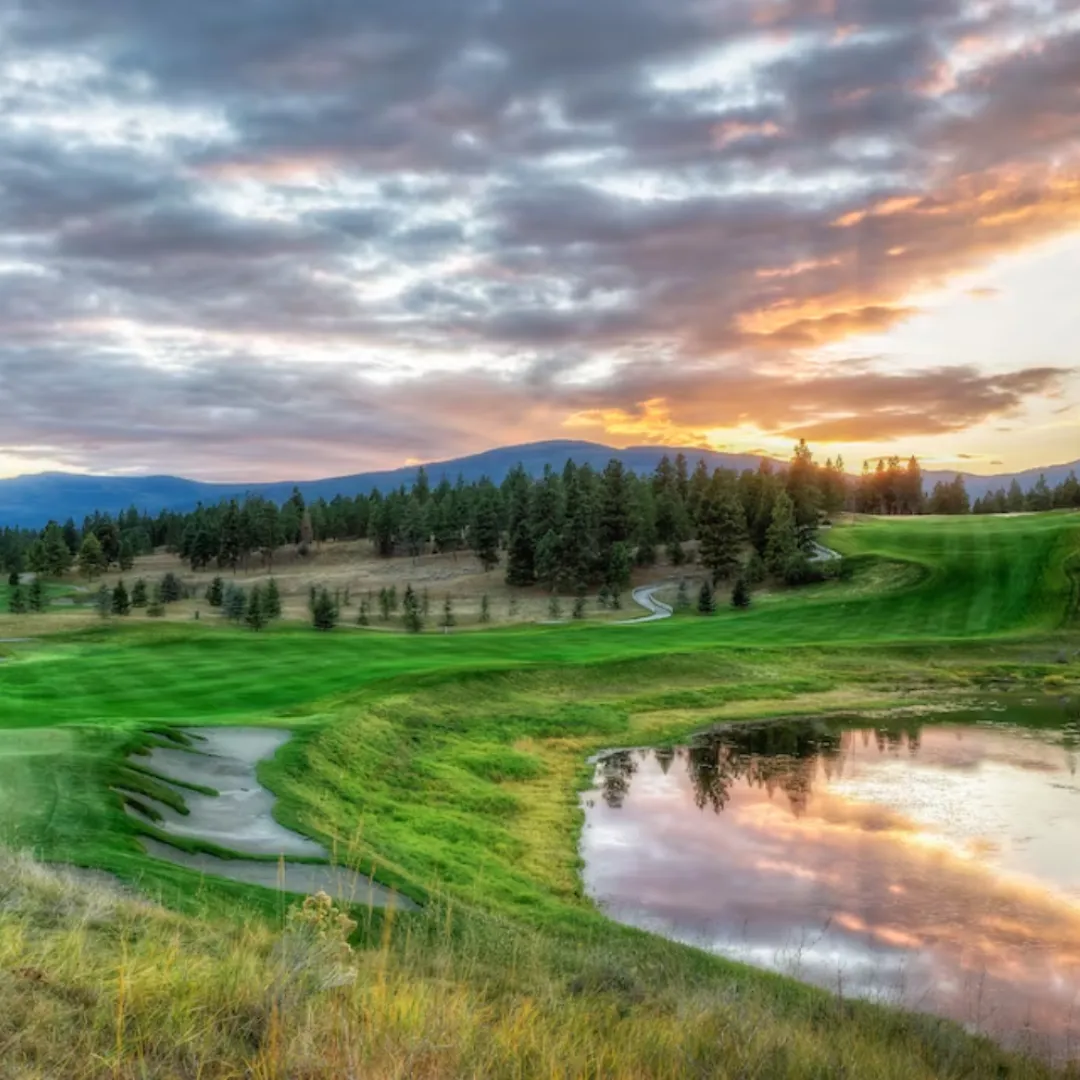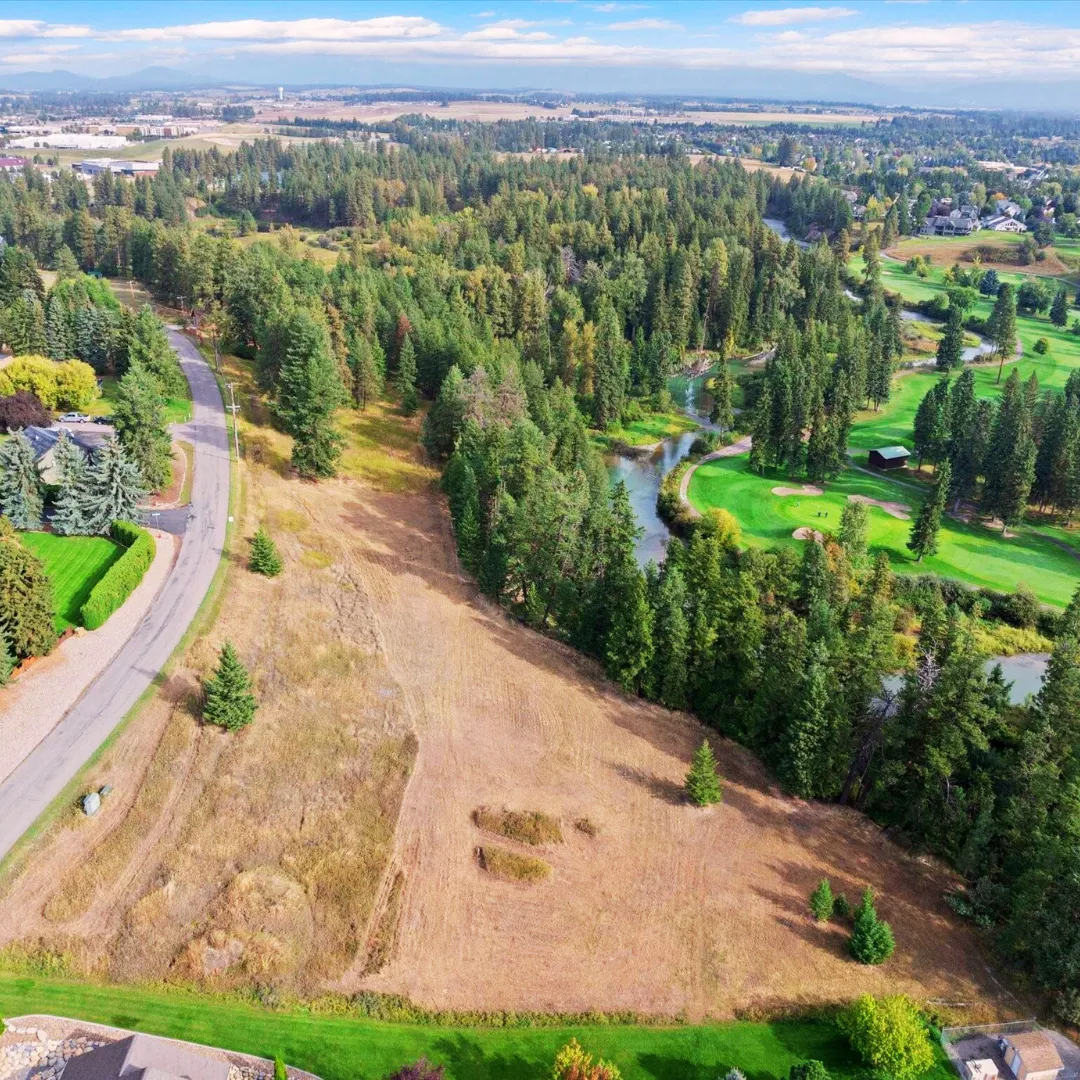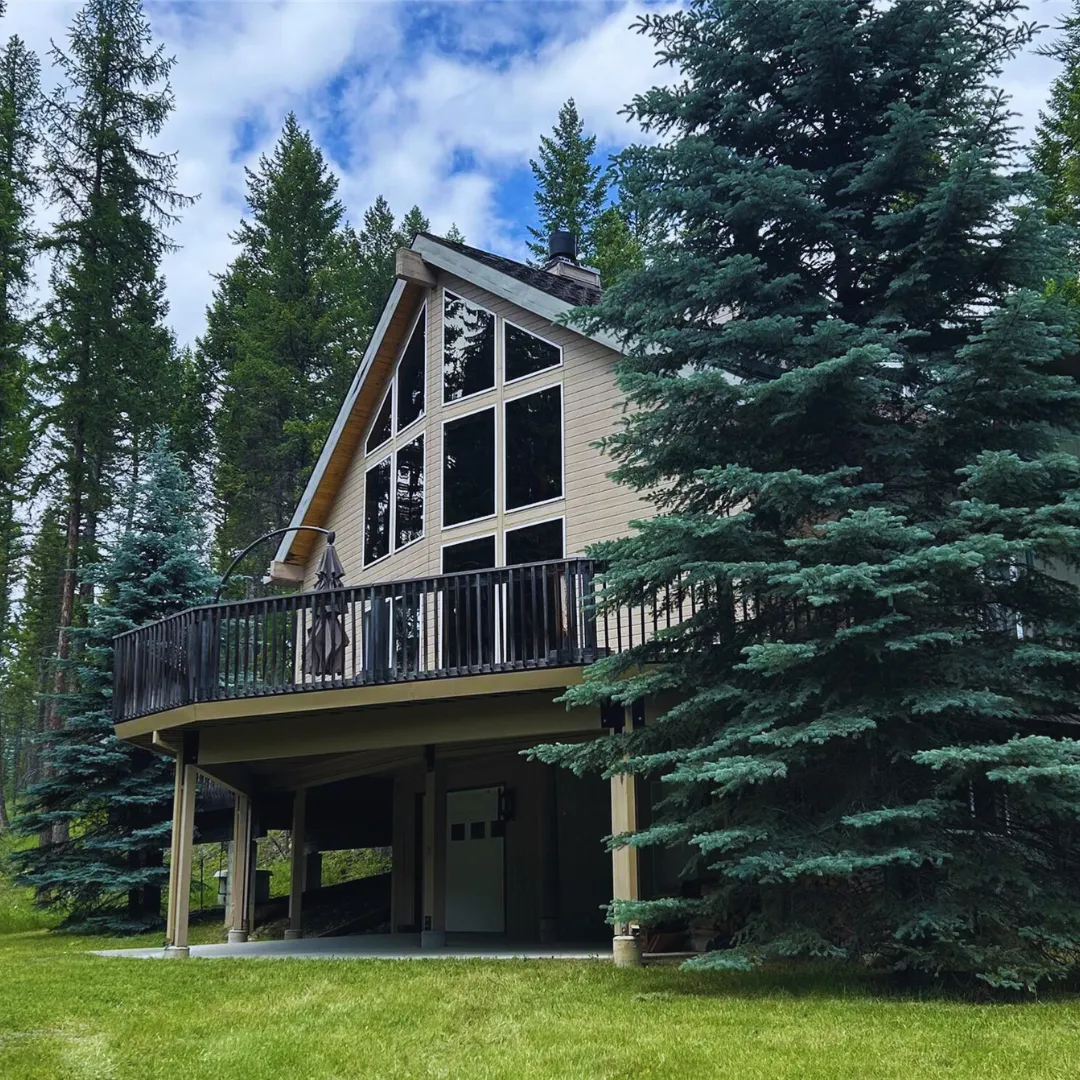MONTANA LIVING
STARTS HERE
Bringing honesty, integrity, and expertise NW Montana real estate.
At Montana Properties Group, real estate is more than just business — it's a family tradition. Founded by Joseph Purdy, a fourth-generation Eureka native, our team brings decades of local expertise, integrity, and personalized service to every client relationship.
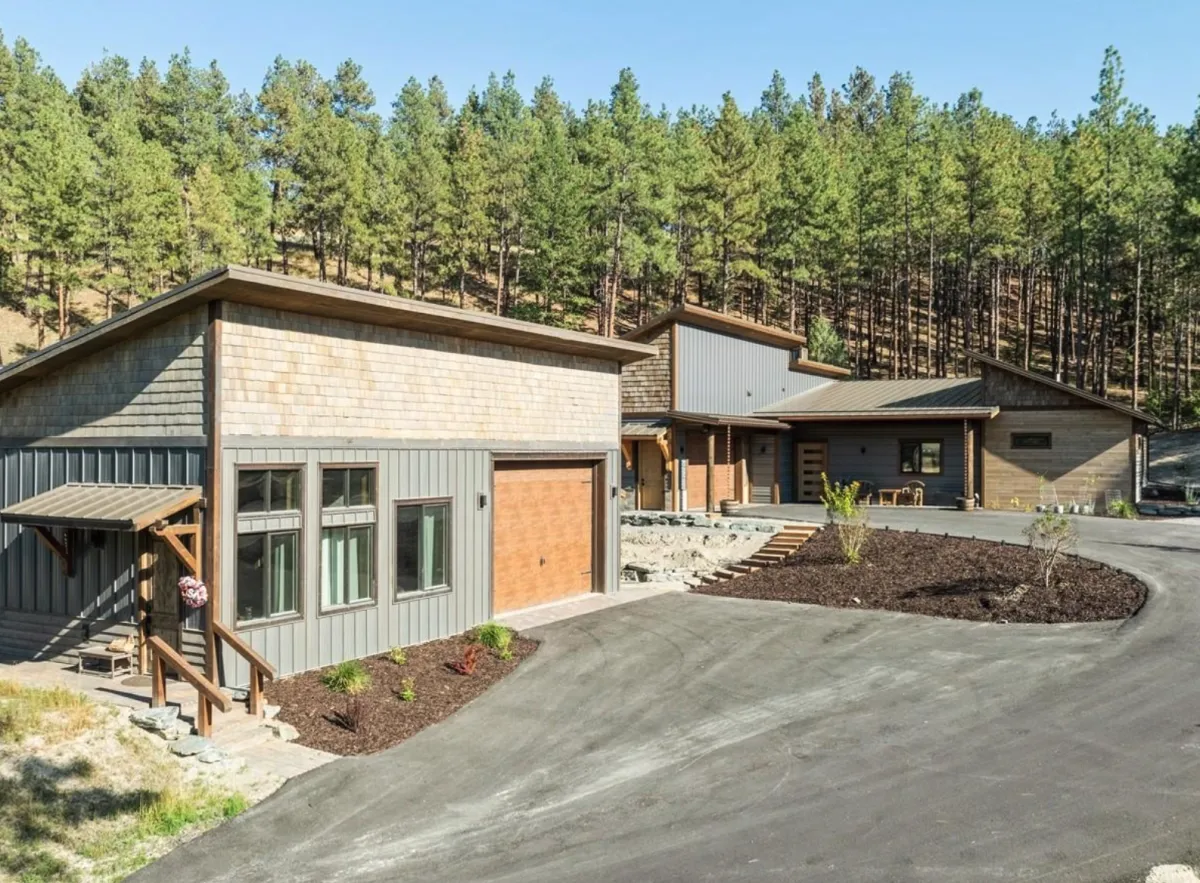
Featured Listing
Home at Wilderness Club Golf Resort, Main House 2400 sq ft with double car garage attached, and a 1000 sq ft guest house with 960 sq ft attached shop/garage to store all the toys, 18ft wide by 14ft tall garage door. Built with ICF foam concrete block making it extremely efficient for sound heating and cooling, windows triple pane glass. Garages have in floor heat. Main house and shop house have in floor heat. Guest House...
807 Wilderness Club Drive
Eureka, MT 59917
Expertise across Northwest Montana
Eureka
Whitefish
Kalispell
Columbia Falls
Big Fork
Libby
TESTIMONIALS
"Highly recommend"
My husband and I have been doing business with Joe Purdy and Montana Properties for many years. He and his staff have a vast knowledge of the Eureka Tobacco Valley all the way down to Kalispell. No matter what you’re looking for to buy or sell I would highly recommend Montana Properties.
- Eleanor Porter

"Friendly, honest, knowledgable"
"Couldn't recommend the team at Montana Properties enough. Friendly, honest, knowledgable about the local markets."
- Luke Foresman

"Such a great team"
"Such a great team at Montana Properties! They took the time to walk us through the purchase of our home and made the whole process really easy. Thanks again!"
- Joe Tufts

OUR TEAM

Joe Purdy
Owner/Broker
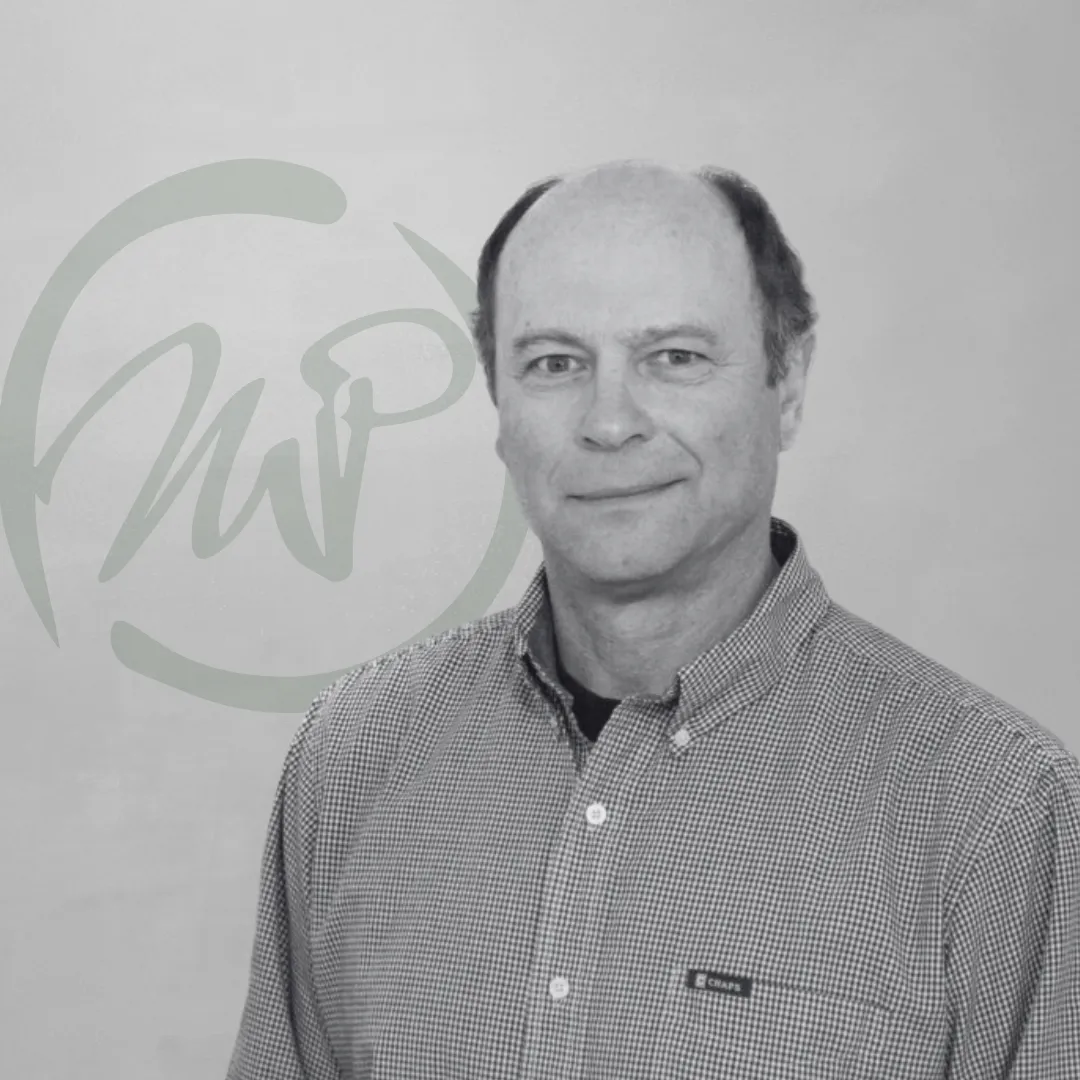
Ron Kapeller
Realtor

Renee Bridges
Realtor

Nathan Purdy
Realtor
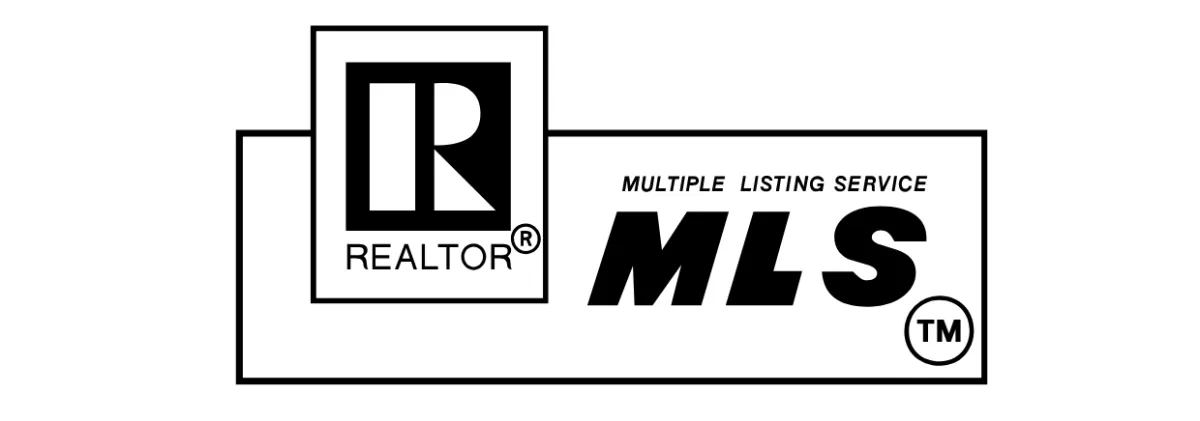
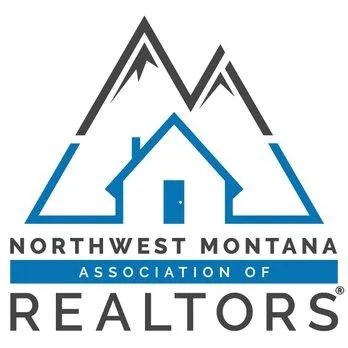
Stay In-Touch
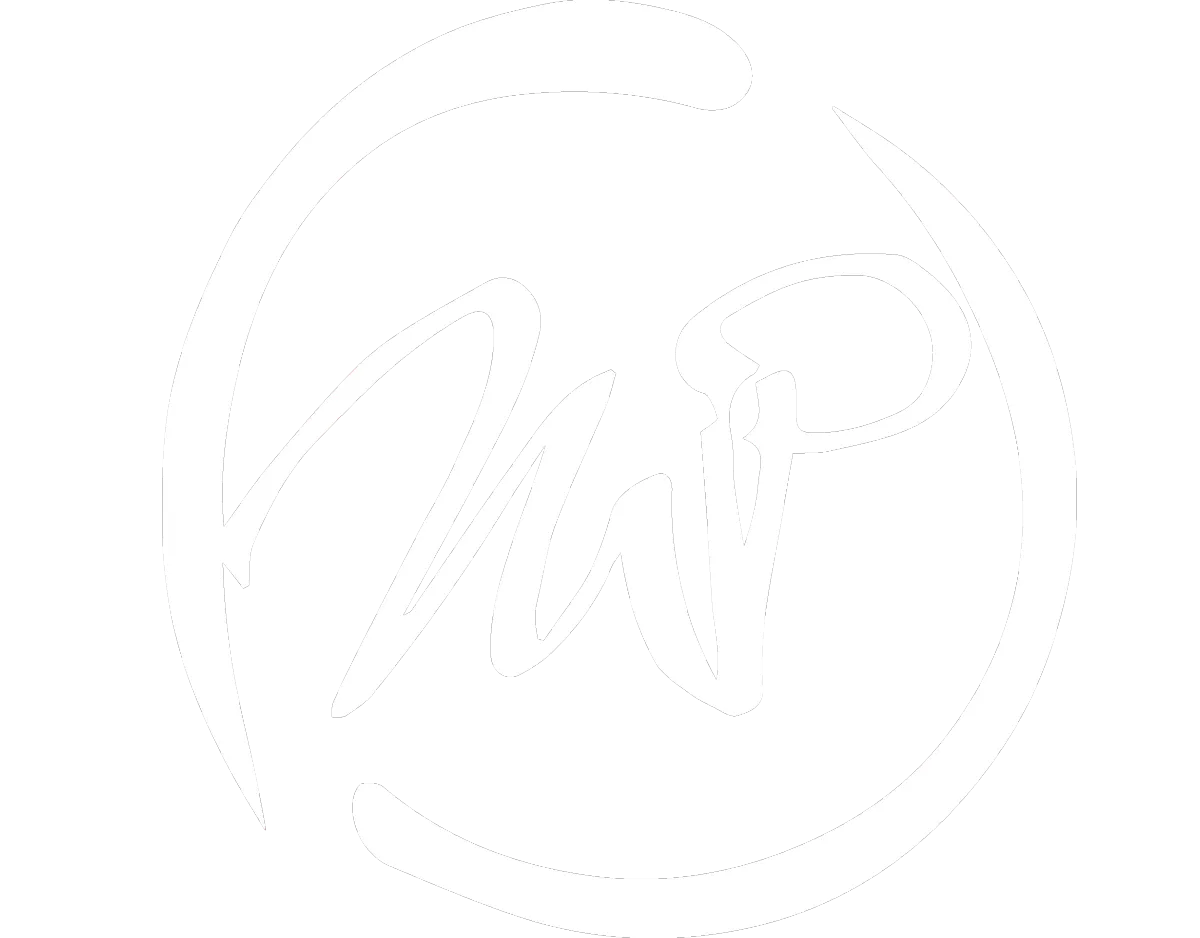
© Copyright 2025 Montana Properties, LLC
All Rights Reserved.
